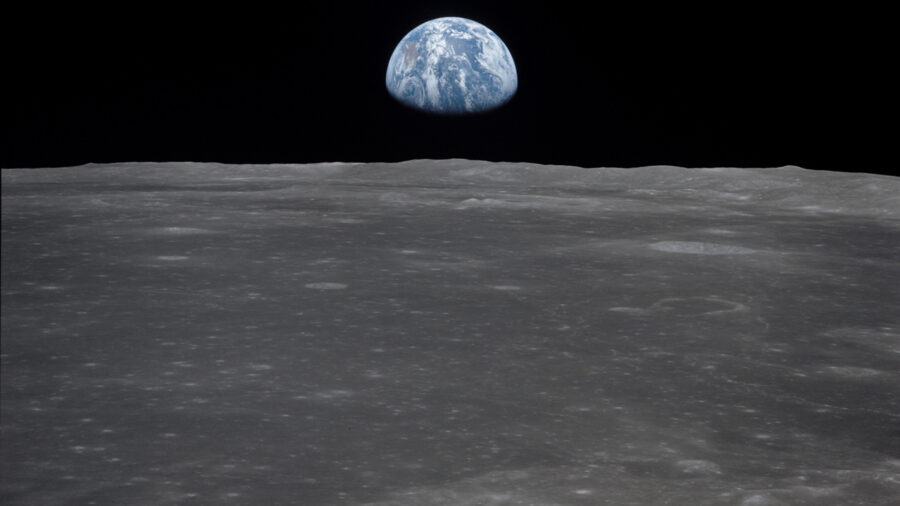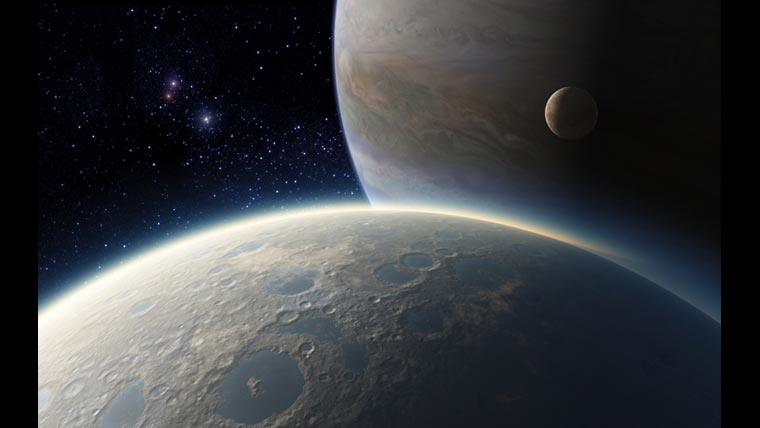Humans Expected To Live On The Moon By 2030
NASA is certain that humans will live and work on the moon by 2030.

NASA says it will be possible for humans to live and work on the moon by 2030. But astronauts and scientists will be actively working in space to support the mission before then. “We’re going to be sending people down to the surface and they’re going to be living on that surface and doing science,” Howard Hu who leads the Orion lunar spacecraft program for the agency told BBC News.
Elaborating on future space expeditions, HU said in this decade, NASA will have people living on the moon for durations. “They will have habitats and rovers on the ground,” he added. He also described the November 16th launch of the Artemis rocket, which carries Orion, as a historic day for human space flight. Orion is approximately 83,300 miles (or 134,000 km) from the moon.
The 100-meter-tall rocket blasted off from the Kennedy Space Center as part of NASA’s mission to take astronauts back to Earth’s satellite and pass by the moon. Sitting atop is the Orion spacecraft which doesn’t have a crew, but is equipped with three fully-suited mannequins. They are programmed to register the stresses and strains of the Artemis mission, The Guardian reports.
When Artemis I was finally launched, Hu described the moment as an unbelievable dream-like feeling. “It’s the first step we’re taking to long-term deep space exploration, not just for the United States but for the world,” he told BBC News. He added that it’s a historic day for everyone who loves the moon, human space flight, and deep space exploration.
The spacecraft will fly within 60 miles of the moon and continue 40,000 miles further before turning back around for a splashdown in the Pacific Ocean on December 11th. It will travel 1.3 miles on the 25-day mission, which is the farthest a spacecraft built for humans has ever flown. After it re-enters Earth’s atmosphere, it will travel at 25,000mph, sending the temperature of its heat shield to 5,000 Fahrenheit.
The spacecraft is expected to splash down off the coast of San Diego. Speaking to the Jerusalem Post, NASA’s Artemis mission manager Michael Sarafin said the planned path toward the moon will stress test the spacecraft since it’s meant to take humans on longer missions than previously attempted. It will be able to transport and sustain the crew in space, withstand the return velocities during re-entry from deep space, and safely abort missions in the event of emergencies.

If successful, the mission will pave the way for Artemis II and Artemis III flights which would send humans around the moon and back. The latter will return humans to the moon’s surface for the first time since Apollo 17 in December 1972. That mission would take the first woman to the moon, with a subsequent visit taking the first person of color to the lunar surface.
Named after the twin sister of Apollo, the Artemis program also plans the construction of the Lunar Gateway. This will be a space station where astronauts will live and work as they orbit the moon. “Moving forward is really to Mars,” Hu told the BBC. “That is a bigger stepping stone, a two-year journey, so it’s going to be really important to learn beyond our Earth orbit.”












